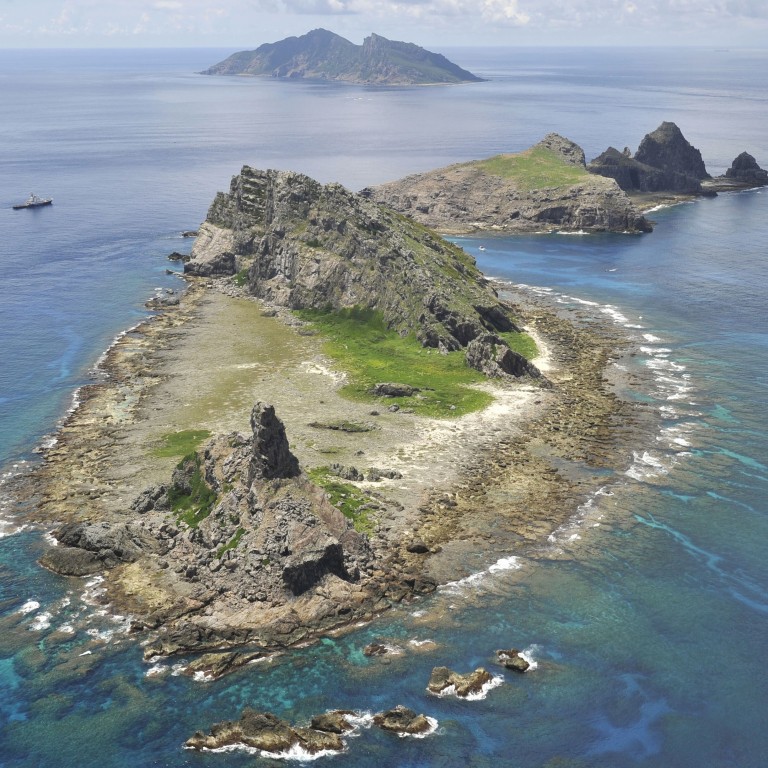
China names undersea canyons and knolls in East China Sea amid rising tension with Japan over islands
- China’s Ministry of Natural Resources announced new names for 50 underwater features in contested archipelago
- Japan recently renamed an area to include the name of the disputed islands, prompting China to warn of reprisal and Taiwan to urge restraint by Tokyo
The new names for the 50 underwater features – including canyons, sea knolls and terraces – were announced in an online notice published by China’s Ministry of Natural Resources on Tuesday night. The purpose of the naming was “to standardise topographical names”, the notice said.
The uninhabited chain of islands in the East China Sea has overlapping sovereignty claims from China, Taiwan and Japan and has been a focus of Sino-Japanese relations.
The city’s assembly changed the name of the southern Japan administrative area containing the Senkaku Islands from Tonoshiro to Tonoshiro Senkaku, saying it was “resolving administrative confusion” between a place in downtown Ishigaki also called Tonoshiro, according to Japan’s NHK news. Yet it was perceived by both Beijing and Taipei as an attempt to cement Tokyo’s claim by inserting the Japanese name “Senkaku”.
Japan files diplomatic protest over Chinese ships off disputed islands
This has heightened China-Japan tensions already stirred by Tokyo’s criticisms of Beijing’s impending national security law in Hong Kong. Chinese foreign ministry spokesman Zhao Lijian said on Monday that Japan’s renaming was “a serious challenge to China’s territorial sovereignty” and warned of reprisal while calling the move illegal and invalid.
Meanwhile, Taiwan’s presidential office spokesman Xavier Chang urged Japan to exercise self-restraint and not to undermine peace and stability in the East China Sea.
Japan’s defence minister Taro Kono said on Tuesday that a submarine detected near a southwestern Japanese island last week was from China.
Tensions over the Diaoyu/Senkaku islets – about 200km southwest of Japan’s Okinawa island and a similar distance northeast of Taiwan – escalated after Japan brought them under state control in September 2012.
But in 2017, Japanese Prime Minister Shinzo Abe and Chinese President Xi Jinping agreed to make a “new start” on bilateral ties that have been improved by effectively shelving the territorial issue.
It was the first time since 1983 that Beijing had identified 287 features in the region in which it has competing territorial claims with at least five other governments in Southeast Asia.

